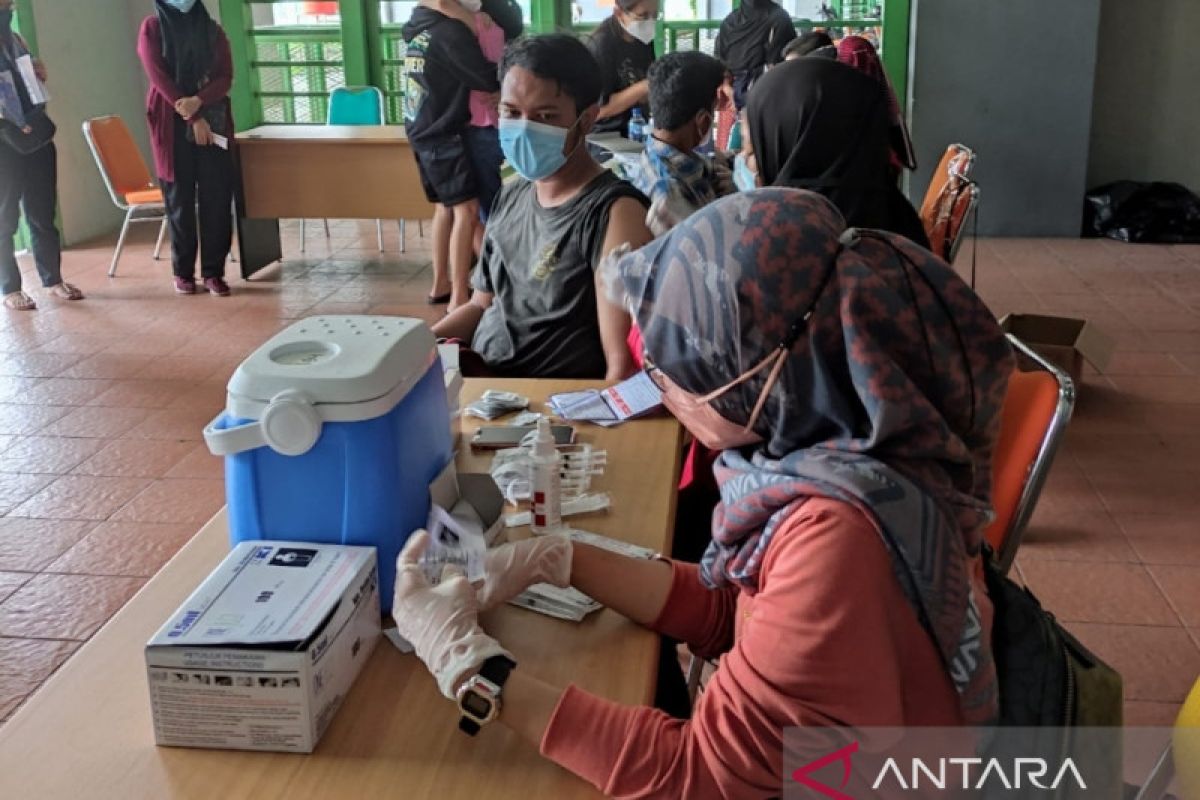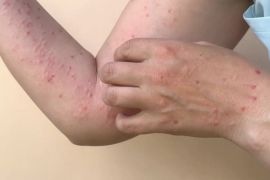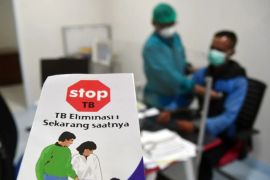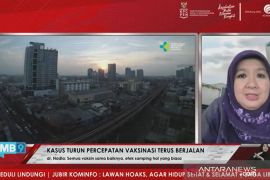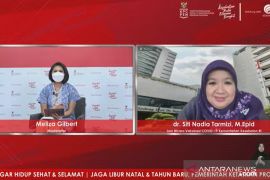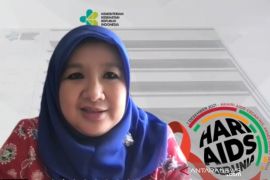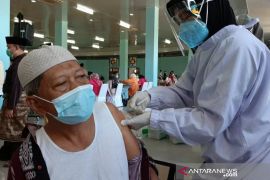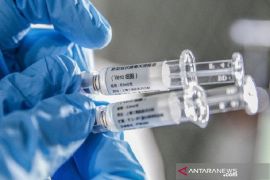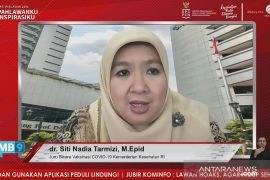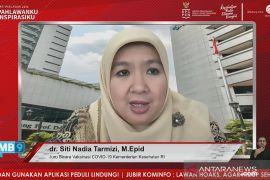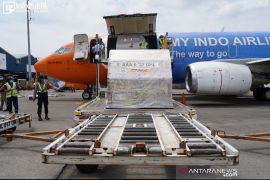"The stock is being kept at the center, with 7.2 million doses and 2.1 million doses in the regions," the ministry's head of the communication and public service bureau, Siti Nadia Tarmizi, stated in Jakarta, Monday.
Tarmizi noted that the types of vaccines available included 138,185 doses of the Janssen vaccine, 3,344,772 doses of the Pfizer vaccine, 8,404 doses of the Sinopharm vaccine, and 189,684 of the Zifivax vaccine.
The rest are domestically produced Merah Putih vaccines, including 1,171,755 doses of the InaVac vaccine and 4,528,570 doses of the IndoVac vaccine.
The stock of purchased vaccines that are currently stored in storage facilities belonging to the central government, reaches 7,216,315 doses, while the remaining vaccine doses reaching 2,039,020 were from grants, Tarmizi added.
"The total stock in the area is 2,165,055 doses, consisting of 523,030 doses of purchased vaccines and 1,642,025 doses of grants," she stated.
Earlier, the ministry's spokesperson, Mohammad Syahril, stated that the general public could already get the second booster COVID-19 vaccination.
"This is being done as an effort to accelerate vaccination while increasing the protection of the Indonesian people from COVID-19," he stated.
He noted that the second booster dose of COVID-19 vaccination could be given to all members of the general public aged 18 years and above, starting from January 24, 2023, without waiting for tickets or invitations.
"The data recording is still being done manually while waiting for P-care and PeduliLindungi to be prepared," Syahril remarked.
This rule is contained in Circular Letter (SE) Number HK.02.02/C/380/2023 concerning the 2nd Booster Dose of COVID-19 Vaccination for the General Public, which was stipulated by the Director General of Disease Prevention and Control on January 20, 2023.
The SE regulates several points:
The type of vaccine that can be used is the COVID-19 vaccine that has received an Emergency Use Authorization (EUA) from the Food and Drug Supervisory Agency (BPOM) and considering the vaccine availability.
The following is a vaccine regimen that can be used for the second booster vaccination, specifically a combination for the first Sinovac booster, including AstraZeneca given half dose or 0.25 ml, Pfizer given half dose or 0.15 ml, Moderna given full dose or 0.5 ml, full dose of Sinopharm or 0.5 ml, Sinovac full dose or 0.5 ml, full dose of Zifivax or 0.5 ml, Indovac given as full dose or 0.5 ml, and Inavac as full dose or 0.5 ml.
Combinations for AstraZeneca's first booster, include Moderna, given half dose or 0.25 ml, Pfizer given half dose or 0.15 ml, and AstraZeneca given full dose or 0.5 ml.
The combination for Pfizer's first booster included Pfizer being given as full dose or 0.3 ml, Moderna being given half a dose or 0.25 ml, and AstraZeneca being given as full dose or 0.5 ml.
The combination for Moderna's first booster includes Moderna being given half a dose or 0.25 ml, and Pfizer being given half a dose or 0.15 ml.
The combination for Janssen's (J&J) first booster includes Janssen (J&J) given as full dose or 0.5 ml, Pfizer given a full dose or 0.3 ml, and Moderna given half dose or 0.25ml.
The combination for Sinopharm's first booster includes Sinopharm being given as full dose or 0.5 ml, and Zivifax being given a full dose or 0.5 ml.
Lastly, the combination for the first Covovax booster includes Covovax given as full dose or 0.5 ml.
Syahril said the second booster dose of COVID-19 vaccination must be given six months apart from the first booster dose of vaccination.
"Vaccination must be carried out at health service facilities and/or at the COVID-19 vaccination service post," he stated.
Related news: Ministry awaits BPOM's directions to provide COVID vaccine to children
Related news: May reimplement PPKM if COVID surge occurs: minister
Related news: Jakarta Health Office provides COVID vaccination services at churches
Translator: Andi Firdaus, Resinta S
Editor: Azis Kurmala
Copyright © ANTARA 2023
